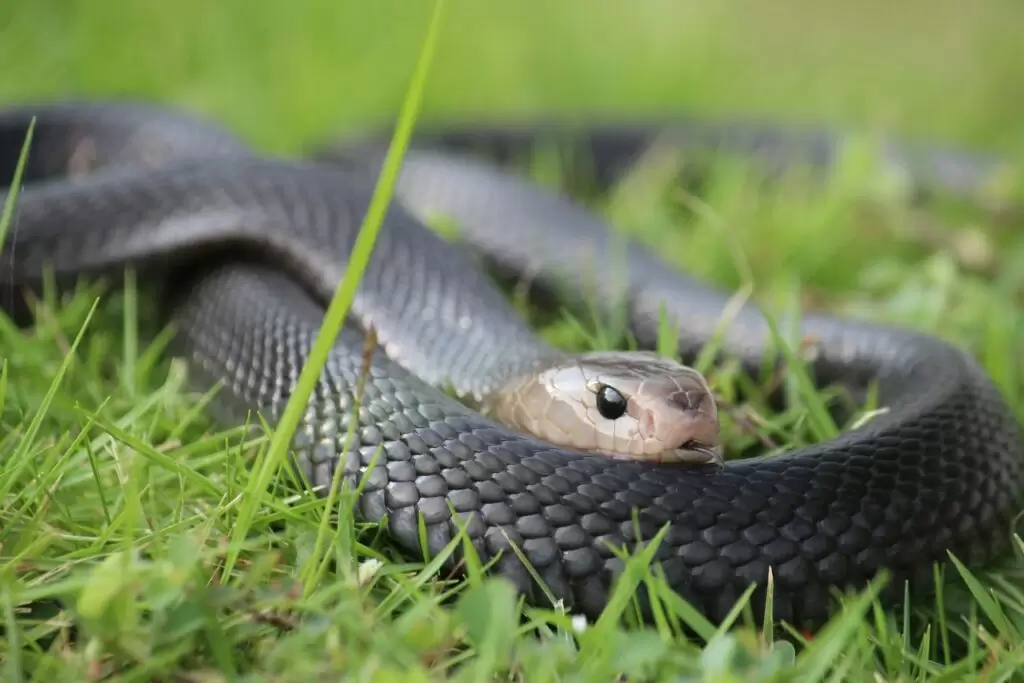
When venturing into the wilderness, it’s essential to be aware of the potential dangers that come with exploring nature. One of the most feared encounters is with venomous snakes. If you’re bitten by a snake while out in the woods, it’s crucial to know how to treat the wound promptly and effectively.
Understanding Snake Venom
Snake venom is a complex mixture of bioactive compounds that can cause a range of systemic and local effects. The severity of the bite depends on the type of snake, the amount of venom injected, and the individual’s overall health.
Immediate Response (First 30 Minutes)
If you’re bitten by a snake, follow these steps:
- Remain calm: Panicking can lead to increased heart rate, which can spread the venom faster.
- Get away from the snake: Give yourself some space and avoid approaching the snake again.
- Remove any constricting items: Loosen or remove tight clothing, jewelry, or watches that may constrict the affected area.
- Keep the wound below heart level: This can help slow down the spread of venom through the bloodstream.
- Do not attempt to suck out the venom: This method is ineffective and can cause more harm.
Wound Care
- Clean the wound: Use soap and water to clean the bite area. Avoid using harsh or abrasive cleansers, as they can irritate the skin.
- Apply a tourniquet (if available): A tourniquet can help constrict blood flow to the affected area. However, this should only be done by someone with proper training, and it’s not always effective.
- Immobilize the affected limb: Use a splint or sling to keep the affected limb still and reduce movement.
Medical Attention
- Seek medical help immediately: Get to a hospital or medical facility as quickly and safely as possible.
- Provide information about the snake bite: Share any relevant details with medical professionals, such as the type of snake, the location of the bite, and any symptoms you’re experiencing.
Symptoms to Watch For
- Severe pain or swelling
- Numbness or tingling
- Difficulty breathing
- Abdominal pain or nausea
- Dizziness or fainting
Prevention is Key
To minimize the risk of a snake bite:
- Wear protective clothing: Wear long pants, long-sleeved shirts, and closed-toe shoes when walking in wooded areas.
- Stay on marked trails: Avoid wandering into dense vegetation or underbrush.
- Be aware of your surroundings: Pay attention to your environment and watch for snakes in your path.
By following these steps and being prepared, you can reduce the risk of a snake bite and provide effective treatment if you do encounter a venomous snake while out in the wilderness.
Additional Resources
For more information on snake bites and wilderness safety, visit:
Stay safe and enjoy your time outdoors!
